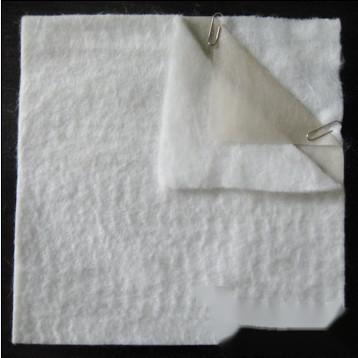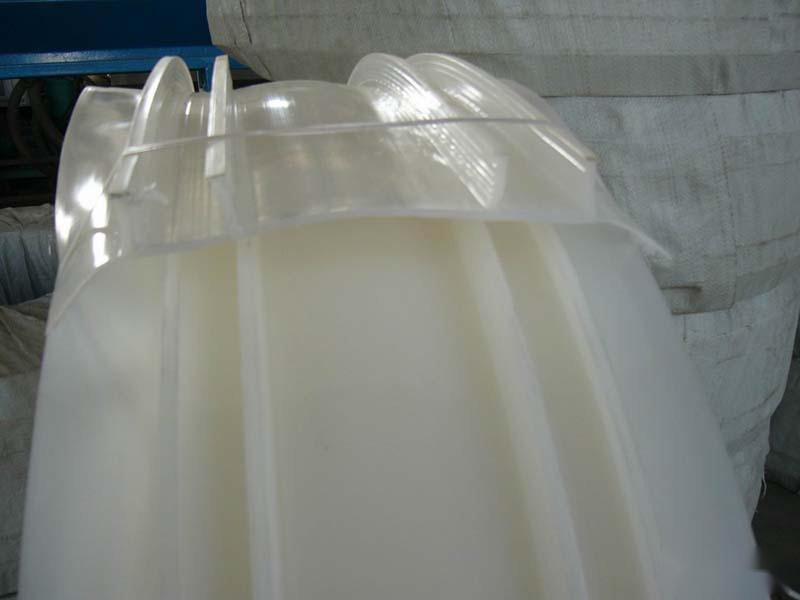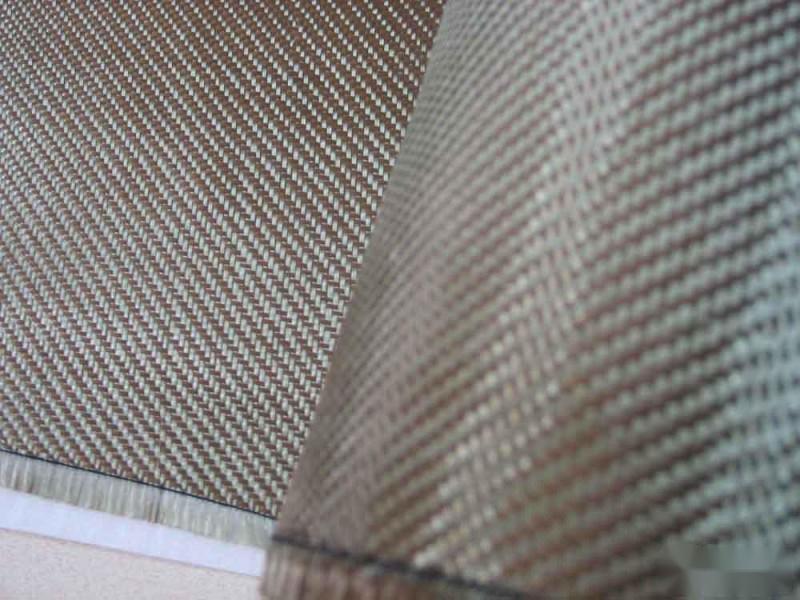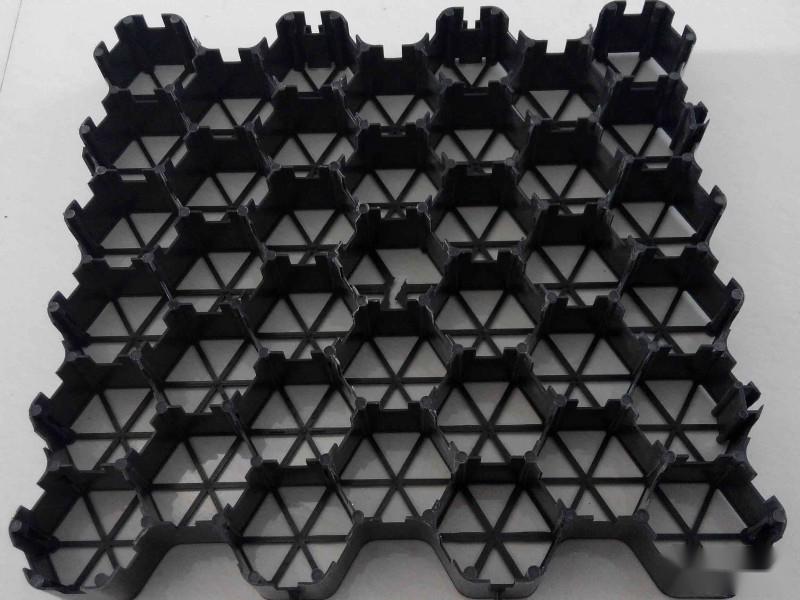Main application characteristics of composite geosynthetic membranes:
1. Geotextiles replace granular materials as the protective layer for the geosynthetic membrane, protecting the seepage prevention layer from damage, reducing the gradation requirements of the cushion layer, and facilitating drainage, among other functions.
2. Increased friction coefficient prevents the sliding of the covering layer, superior to pure PE film, non-woven fabric covering, or bonding, allowing for a steeper slope while reducing land use.
3. High mechanical strength in tension, tearing, puncturing, and impact resistance.
4. Certain deformation capacity allows for rapid stress dissipation from the uneven defects of the underlying layer, demonstrating strong strain capacity.
5. Pore water pressure and buoyancy on the contact surface between the geosynthetic membrane and the soil can easily dissipate.
6. Provides certain thermal insulation, reducing the damage from soil frost heave to the geosynthetic membrane, thus minimizing soil deformation.
7. Utilizes embedded installation with excellent anti-aging performance, reducing maintenance and upkeep of the project.
8. Easy installation reduces transportation volume, lowers project costs, and shortens the construction period.
Application range of composite geosynthetic membranes:
1. Water conservancy projects: reservoirs, dams, channels, riverbank protection, cofferdams, and water diversion projects.
2. Power plant projects: nuclear power station foundation engineering; thermal power ash dam projects; hydropower station engineering.
3. Highway, railway, and airport projects: soft foundation reinforcement, tunnels, subways, underground passages, etc.
4. Other projects: salt pond laying, construction projects, landfills, tailings management, water supply projects, environmental protection projects, etc.










